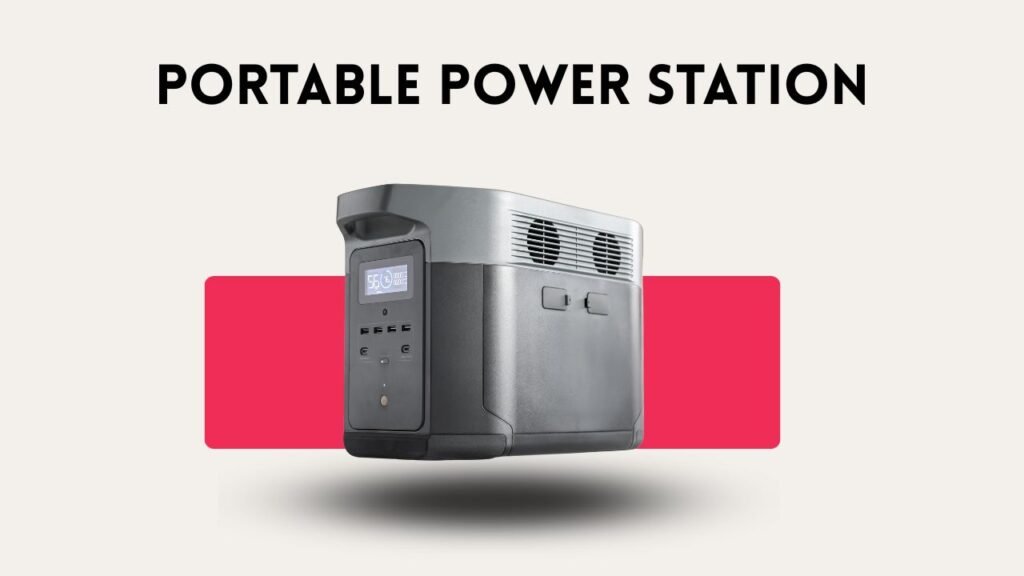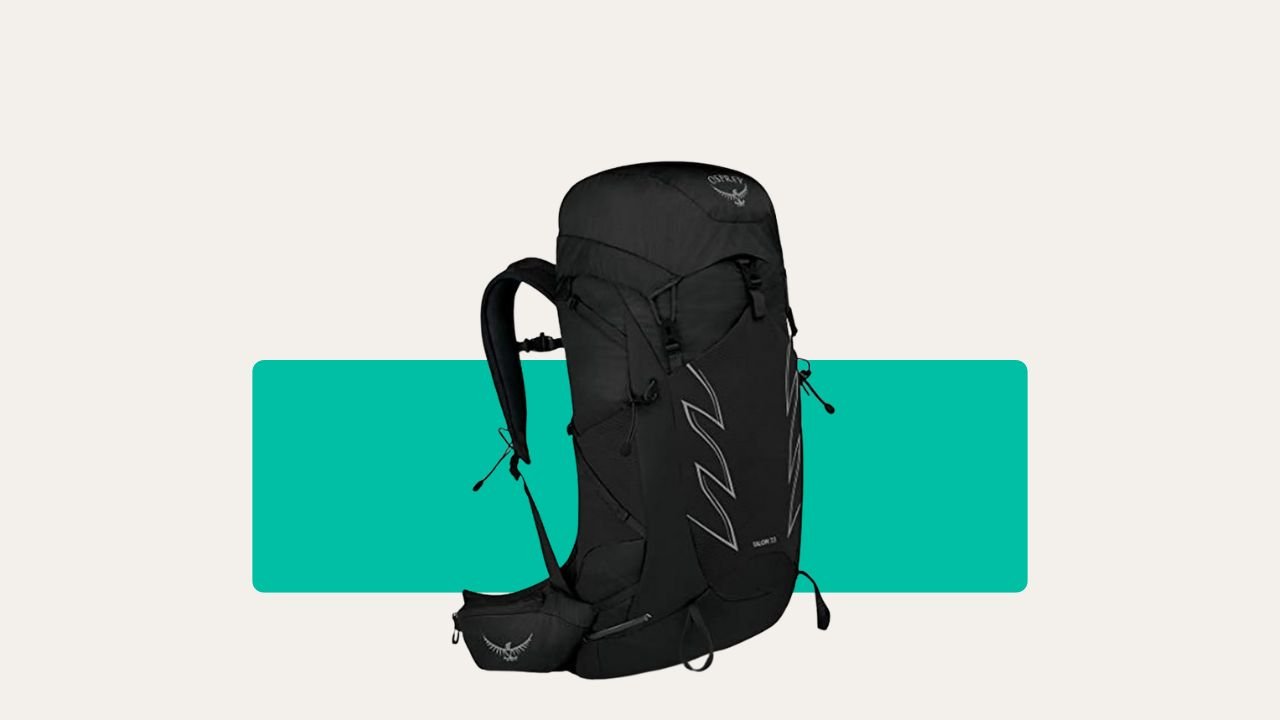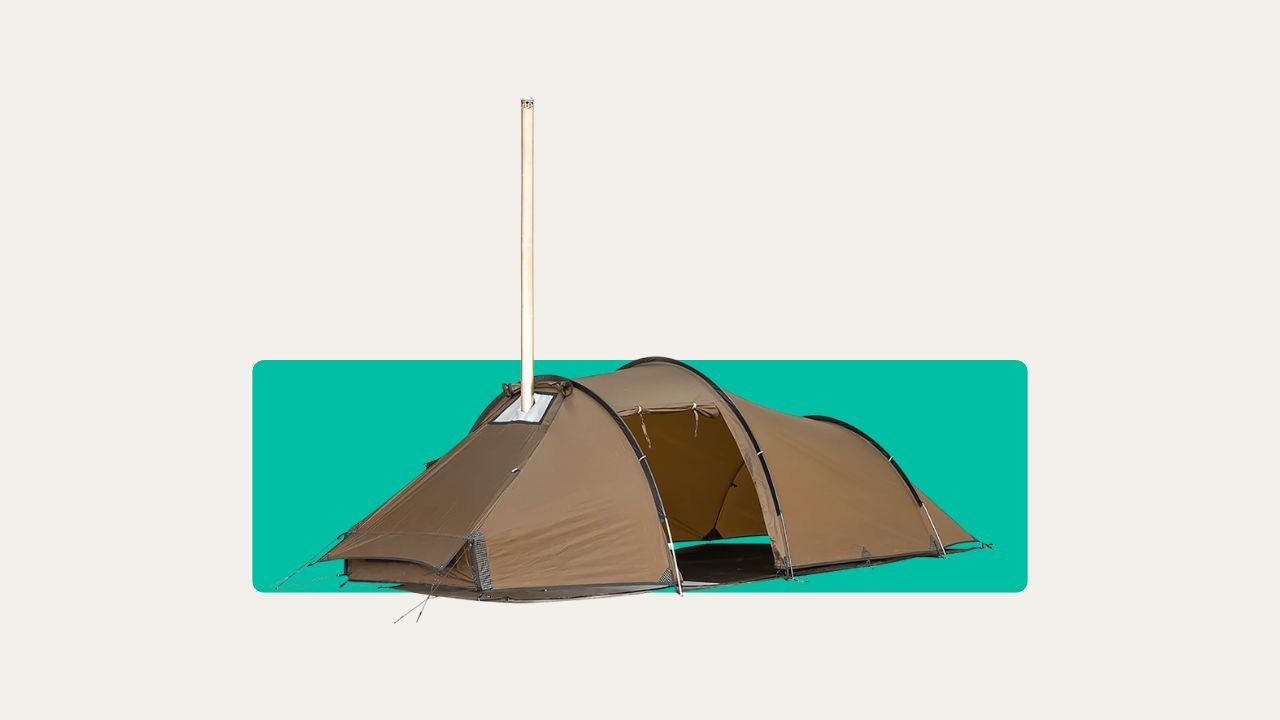Ask anyone who’s spent a cold, foggy night in the Brecon Beacons after their phone died — I’ve done it, and it’s no fun when you can’t double-check your route or call for help if things go sideways.
Most beginners rock up to the site thinking a phone fully charged at home, or a tenner’s worth of power bank, will get them through. Big mistake.
When the sun goes down, your torch flickers, and damp sets in, you realise how heavily you rely on power. This is why a proper portable power station is worth every penny, especially when you’re nowhere near a plug.
What Exactly Is a Portable Power Station?
Let’s clear this up. A portable power station is not some monstrous generator or oversized gadget you wrestle onto your rucksack. Think of it as a compact box with a chunky battery inside, plus several sockets: USB, AC mains, maybe a 12V car plug. You charge it up at home, then bring it to your pitch.
When you’re off the grid, it keeps everything running — phone, lights, camera, coolbox, even a laptop if you fancy a film on a rainy night.

Most are about the size of a small cool bag and can be lugged by hand — nothing that’ll leave your arms aching. The controls are simple. Flick it on, plug in your gear, and you’re sorted. No spark plugs, no faffing with petrol or oil.
Why Not Just Use a Generator? Here’s the Hard Reality
Generators have a place — mostly building sites and festival car parks. I tried one at a windswept site near Loch Lomond. It roared, stank of fumes, and ticked off everyone within four pitches.
Good luck getting any sleep (or friends) around that. On top of the racket, they add faff: petrol drips, oil checks, dirty hands, and rules on where and when you can run them.
Portable power stations just get on with the job, quietly. No moving parts, so they don’t whirr, clank or echo through the mist at 2am.
No petrol, so you never find your kit reeking or spill in the boot on a bumpy forest track. A good one can live in your tent’s porch without fuss. You can leave it beside your sleeping bag and still hear the owls, not an engine.
Keep Your Kit Running — Whatever You’re Up To
Let’s get practical. You roll into your pitch, say in the Lake District, six miles from a shop or socket. It’s wet and windy, you've battled midges, and you want to charge your phone, headlamp, Bluetooth speaker, and maybe run a tiny camping fridge. A portable power station handles the lot — and doesn’t blink if you want to keep the fairy lights on all evening.
If you take a camera to catch sunrise, or need a GPS for a big hike, you don’t want them dead when you’re miles from help. Anyone using a CPAP machine, or needing a medical device overnight, knows this isn’t just comfort — it’s essential.
I once found myself muddling through a foggy Cornish night after my torch gave up. Never again.
How Do You Recharge? Pretty Much Anywhere
Here’s what makes portable power stations so good for UK campers: you don’t need to hunt for a plug. At home, plug it in the wall and fill it up for the weekend. On the road? Stick it on your car’s 12V while you drive. Parked up? Whip out a solar panel, clip it on, and you’re harvesting free energy while you brew your tea.
On one wild trip in Wales, we got three days of slow charge from bad weather using nothing but intermittent sunlight. It was enough to keep three phones, a headtorch, and my knackered Kindle alive right through the downpour.
Pick a model with “pass-through” power — that means you can use it and charge it at the same time. No need to queue your gear.
Stay Safe in Sticky Situations
When things go wrong in the wild, power suddenly turns vital. I’ve seen storms roll in fast on Dartmoor — phones losing signal and battery while checking the met office radar, and torches blinking out at 3am.
Portable power means your phone stays ready for calls, you’re never lost without a map, and you’ve always got enough juice to signal for help or check your position. It brings peace of mind, especially if you camp with family or mates with medical needs.

Don’t wait until you’re knee-deep in mud and dying for a torch before you realise what you’ve forgotten.
Work Remote (or Let the Kids Stream Films) Without Draining Your Phone
The pandemic turned half the country into remote workers. If that’s you, a portable power station turns any wild corner of the UK into a pop-up office. Laptop, work phone, even a Wi-Fi dongle — all can run off your power box.
Not working? Let the kids power up a tablet for an hour or two while you cook. Or blast your favourite playlist to drown out the rain on canvas. You’re in control. And you won’t limp home with zero battery in everything.
I once watched Game of Thrones in a gale in Northumberland — laptop plugged into the power station, bottle of cider in hand. Heaven.
From Solo Hikes to Family Camps: There’s a Power Station for Every Trip
A typical worry: “Aren’t these all heavy or too much for a quick weekend?” Not anymore. There are tiny, lightweight options you can clip to your rucksack, ready in case you need to top up a GPS or phone. If you’re wild camping or backpacking, pick a small one — just enough for navigational gear.
Heading on a week-long family blowout by the coast? Go bigger. Some have enough watt-hours to run coolboxes, inflatables, lanterns, and keep everyone’s gadgets on for days.
The trick: check the capacity you need (measured in Wh or Ah), and match it to your kit list. I once packed a huge one for a tiny tent, carrying dead weight up a muddy hill. Get just enough for your needs and save your back.
Better for the Planet, Nicer for Your Neighbours
Generators don’t hold up well on a peaceful morning by the river. Portable power stations make zero noise. The birds stick around. Your neighbour won’t glare at you over the blue haze of exhaust. Most units are safe to use inside your awning or tent vestibule — no carbon monoxide, no fuel spills.
Charging with solar is the real win. You start relying less on fossil fuels and more on sunshine. It feels a lot better, especially if you’re staying in a National Park or a site with noise rules.
Choosing and Caring For Your Power Station: Quick Tips
Look for lithium batteries — they’re lighter and last longer than older tech. Check for the right sockets (USB-C for modern phones and laptops, AC if you want to run plug devices). Make sure you get a model with enough charge cycles, so it lasts year after year.

Top up your station before each trip. Store it somewhere dry, not too cold. If you get caught in rain, keep it in a dry bag or waterproof box. And don’t forget to pack all the charging cables you’ll need — it’s agonising when you bring the box, but forget the USB-C lead!
What You’ll Actually Use — A Real-World Packing Example
Here’s what I typically run on a long weekend:
- Phone (daily top-up, maps and emergencies)
- Headtorch and lantern after sunset
- Bluetooth speaker if I’m sharing a pitch
- GPS watch (hiking all day)
- A small fan if it’s muggy
- LED fairy lights for the tent
All of these add up — you’ll use more power than you expect, especially if the weather keeps you indoors. Factor in one full charge for each key device.
The Verdict: Why You Need a Portable Power Station For Camping
If you love camping — rain or shine, mild or mad — you can’t count on the site to sort your power. Trust me, after freezing one spring night near Snowdonia with a dead phone and a useless torch, I’d never go without my portable power station again.
They’re quiet, hassle-free, and give you real independence in the wild. Forget queuing by the old ‘charging point’ in the toilet block. No drama, no angry neighbours, no stinking fumes.
For UK campers, whether you’re battling rain by the coast, escaping midges in the north, or piggybacking work onto a weekend in the woods, a portable power station will save your bacon.
Don’t think of it as an extra — it’s now as essential as a good sleeping bag. If you want your kit working, your family happy, and your trip as safe as possible, add a portable power station to your list. You’ll only have to endure one flat battery in a downpour to see why.









